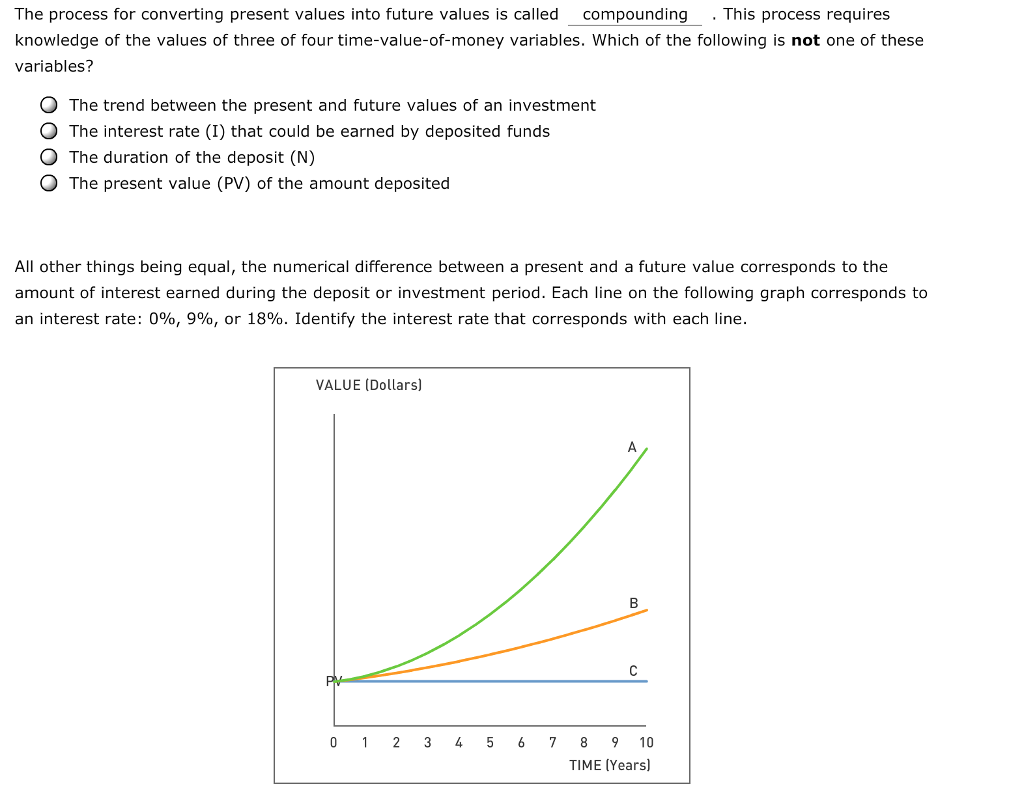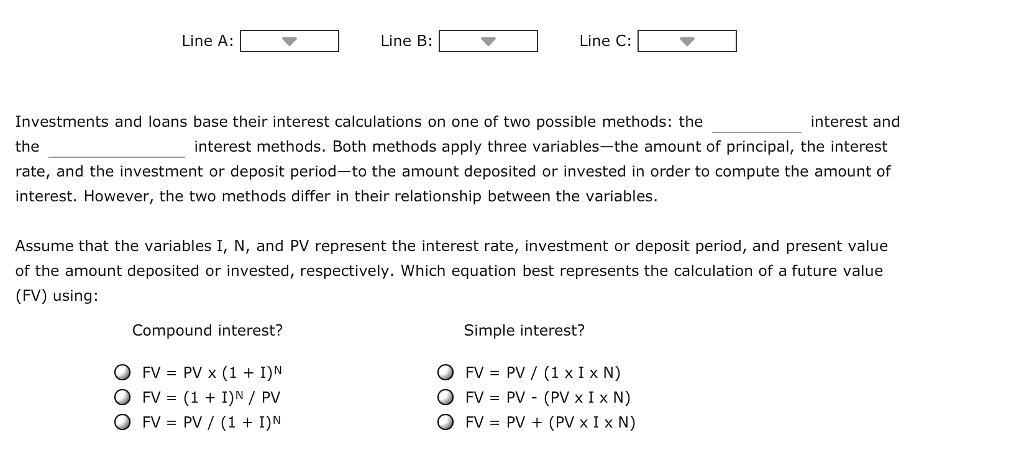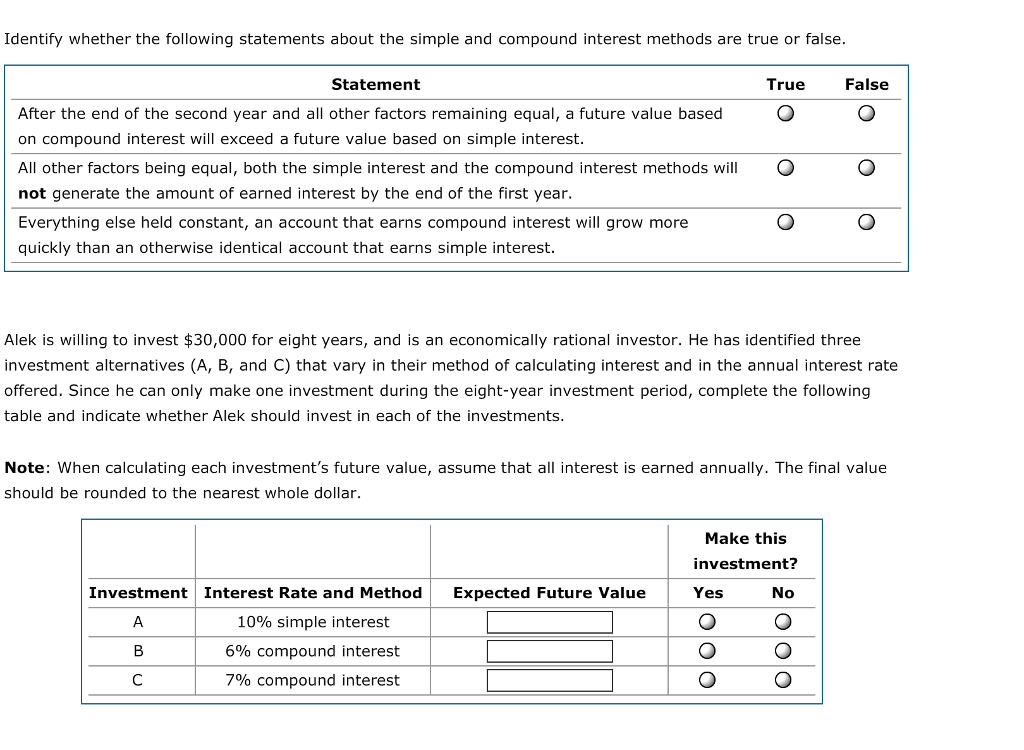Answered step by step
Verified Expert Solution
Question
1 Approved Answer
The process for converting present values into future values is called compounding This process requires knowledge of the values of three of four time-value-of-money variables.



Step by Step Solution
There are 3 Steps involved in it
Step: 1

Get Instant Access to Expert-Tailored Solutions
See step-by-step solutions with expert insights and AI powered tools for academic success
Step: 2

Step: 3

Ace Your Homework with AI
Get the answers you need in no time with our AI-driven, step-by-step assistance
Get Started


